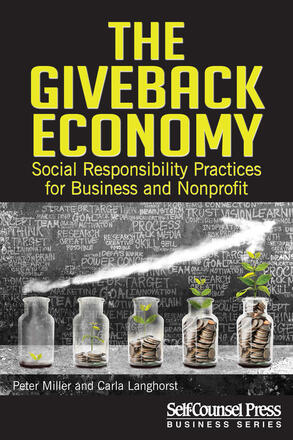
GiveBack Economy
Social Responsiblity Practices for Business and Nonprofit
Description
Recent studies have shown that more than 99% of business owners want to find ways to give back to their communities, and more than 60% of consumers prefer to do business with socially responsible companies. People don’t want to just give their money when making a difference in the world, they want to be part of the change and really make a difference. A book to help readers navigate this new world built on change and doing social good. To learn more about this publisher, click here: http://bit. ly/2u91Tz7